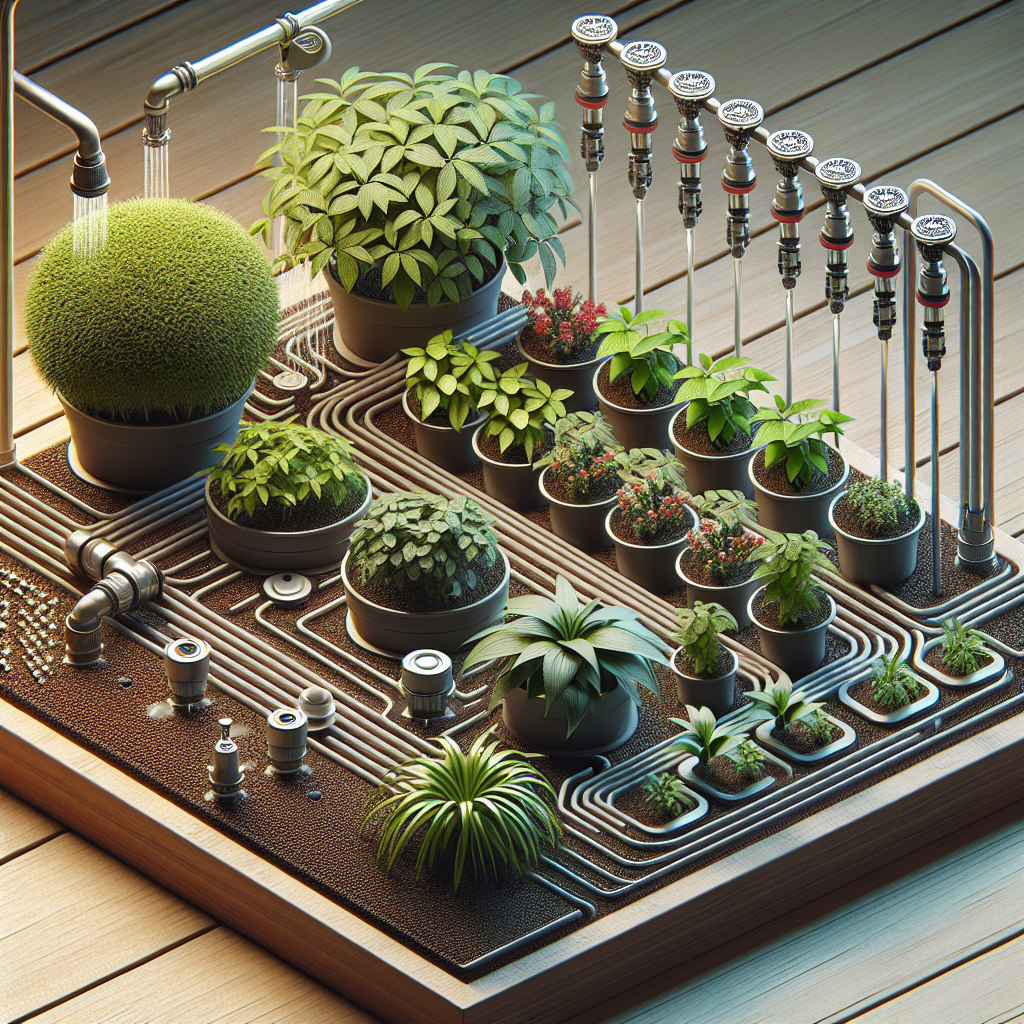Slow drip systems are a popular and efficient way to water plants, providing a gradual and consistent supply of moisture directly to the roots. However, not all plants have the same watering needs, which is why customizing slow drip systems for specific plant needs is essential for ensuring optimal growth and health. By understanding the unique requirements of different types of plants, gardeners can tailor their slow drip systems to deliver the right amount of water at the right time, promoting strong roots, lush foliage, and abundant blooms.
In this comprehensive guide, we will explore how to customize slow drip systems for specific plant needs. From selecting the right components to adjusting flow rates and scheduling watering times, we will provide expert tips and advice to help you maximize the effectiveness of your slow drip system and keep your plants thriving all year round. Whether you are growing vegetables in a raised bed garden or cultivating exotic flowers in containers, this article will equip you with the knowledge and tools you need to create a customized watering solution that works for you.
**Choosing the Right Components**
When customizing a slow drip system for specific plant needs, it is important to start with the right components. The two main components of a slow drip system are the water source (such as a garden hose or rain barrel) and the distribution system (such as soaker hoses or drip emitters). The type of components you choose will depend on factors such as the size of your garden, the type of plants you are growing, and your personal preferences.
Soaker hoses are ideal for watering large areas such as flower beds or vegetable gardens, as they deliver water evenly along their entire length. Drip emitters, on the other hand, are better suited for individual plants or containers, as they allow you to target water directly at the roots where it is needed most. By combining soaker hoses with drip emitters, you can create a customized slow drip system that meets the specific watering needs of each plant in your garden.
**Adjusting Flow Rates**
One of the key advantages of using a slow drip system is that it allows you to control the flow rate of water to each plant. This level of customization is essential for ensuring that each plant receives the right amount of moisture based on its individual requirements. Different types of plants have different watering needs – some prefer moist soil at all times while others prefer drier conditions between waterings.
To adjust flow rates in your slow drip system, start by measuring how much water each component delivers over a given period (e.g., one hour). You can do this by placing a container under each soaker hose or drip emitter and timing how long it takes to fill up. If a plant requires more frequent watering, increase the flow rate by opening up more drippers or turning up the pressure on your hose. Conversely, if a plant prefers drier soil, decrease the flow rate by closing off some drippers or reducing water pressure.
**Scheduling Watering Times**
In addition to adjusting flow rates, scheduling watering times is another important aspect of customizing a slow drip system for specific plant needs. Some plants do well with daily watering while others prefer longer intervals between waterings to allow their roots to dry out slightly. By creating a customized watering schedule based on individual plant requirements, you can help promote healthy root growth and prevent issues such as root rot or mold.
When determining watering times for your plants, consider factors such as soil type (e.g., clay soil retains moisture longer than sandy soil), weather conditions (e.g., hot temperatures require more frequent watering), and plant species (e.g., drought-tolerant plants need less water than thirsty annuals). Keep in mind that it is better to underwater than overwater – most plants can recover from being slightly dry but may suffer irreversible damage from sitting in soggy soil.
**Conclusion**
Customizing slow drip systems for specific plant needs is crucial for maintaining healthy and vibrant gardens. By choosing the right components, adjusting flow rates, and scheduling watering times based on individual plant requirements – gardeners can create tailored irrigation solutions that promote optimal growth and flowering throughout all seasons. With careful planning and attention to detail, anyone can transform their garden into a thriving oasis filled with lush greenery and colorful blooms.
FAQs:
1. Can I use a timer with my slow drip system?
Yes! Timers are an excellent addition to any slow drip system as they allow you to automate watering schedules based on time of day or days of week.
2. How do I know if my plants are getting enough water?
Check soil moisture levels regularly by sticking your finger into the soil near your plants’ roots – if it feels dry an inch below surface level then it’s time to water!
3.What should I do if my slow-drip system clogs?
Regularly check filters/screens on emitters/soaker hoses & flush lines periodically with clean water to prevent clogs from occurring.














